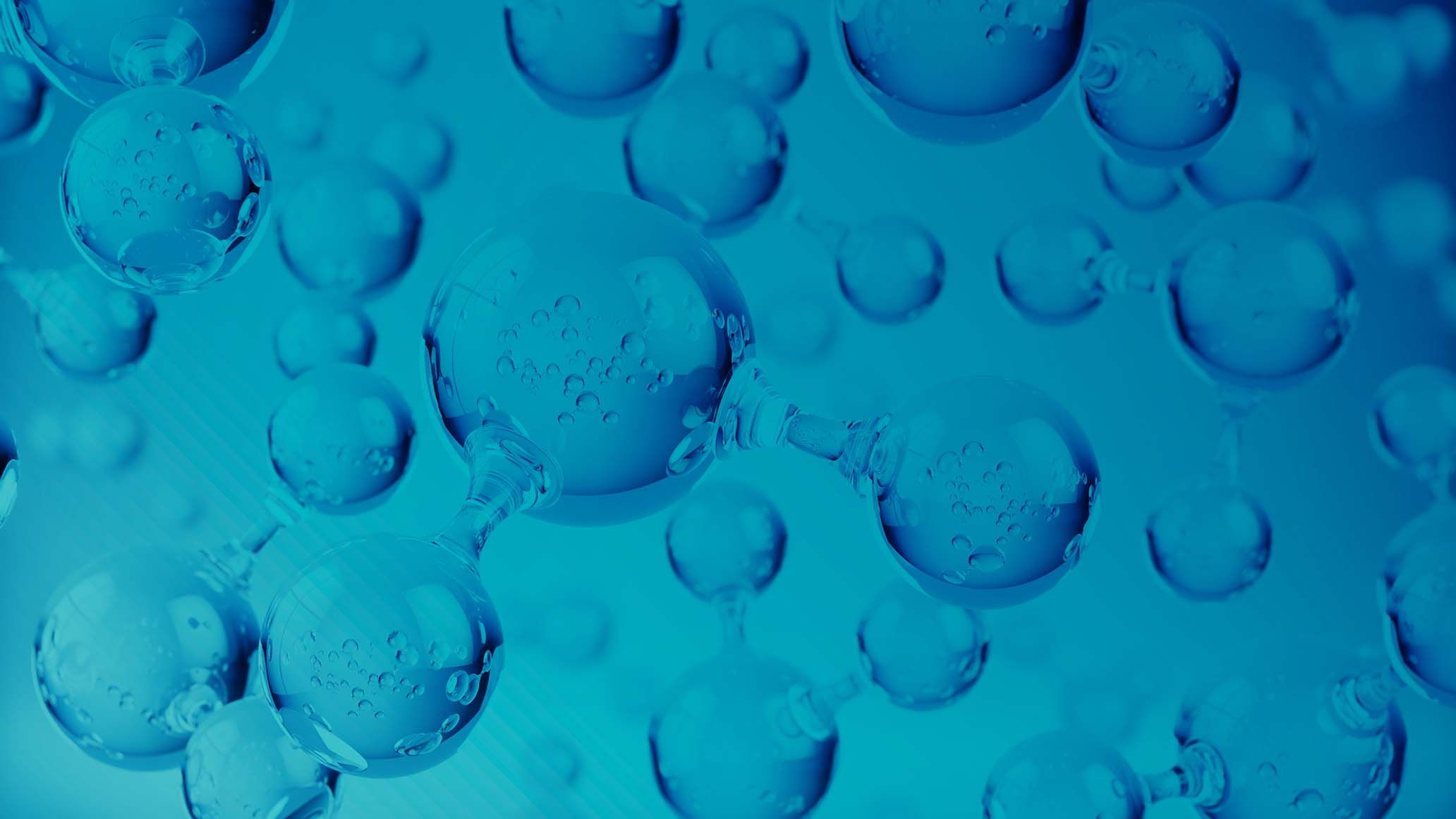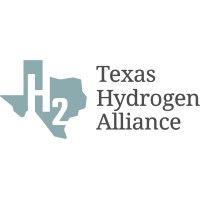Unforeseen Challenges with Onshore CCUS
Supercritical CO2 (sCO2) injection has been performed as part of enhanced oil recovery (EOR) for decades. The materials of construction for the pipelines and wells (as casing and tubing) are predominantly carbon steel. This is acceptable since the fluid specification is tightly controlled and has no corrosive contaminants. This is not the case for onshore carbon capture and sequestration (CCS) where CO2 can be capture from a variety of sources and have contaminants, such as NOx, SOx, and O2, which can cause sufficient corrosion to raise well integrity questions. Each containment has different issues under different circumstances and known when the issues – this is more important as the concentration of O2 being considered are beyond known materials limits and can cause corrosion in saline brines. A review of the materials selection process and relevant data was performed to provide supporting information for the use of super duplex stainless steel (SDSS) during injection, shut-in, extended monitoring, and abandonment cases and identify gaps that would necessitate a more highly alloyed casing material. The identification of O2 as a risk further highlights that what were thought to be simple solutions for the energy transfer and not requiring new data and solutions, may require data and novel solutions.




)
)
)
)
)
)
)
)


)
)
)
)
)
)
)
)
)
)
)

)
)
)
)
)
)
)
)
)

)
)
)
)
)
)
)

)
)
)
)
)

)
)

)
)
)
)
)
)
)
)

)
)
)
)
)
)
)

)
)

)
)
)
)
)
)
)
)


)
)
